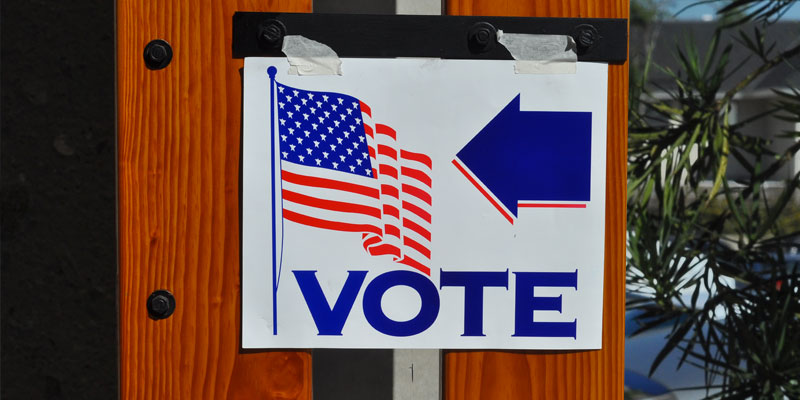With Alabama’s primary election runoffs now in the books, here are three takeaways from the results.
North Alabama has spoken.
When this election cycle began, it became evident that north Alabama saw a window of opportunity to increase its influence. The results from the Republican primary runoff have shown the electorate in that area of the state was eager to flex its muscle.
Will Ainsworth pulled out an impressive come-from-behind victory in the Lt. Governor’s race. Steve Marshall enjoyed a resounding win in his bid to retain the Attorney General’s office.
Both candidates hail from Marshall County and both effectively energized their bases in the Fourth and Fifth Congressional Districts. This is particularly evident when you look at their margins of victory in those north Alabama counties compared to the performances of their opponents in their own base counties. Ainsworth and Marshall won big at home.
With Ainsworth and Marshall the presumptive winners in November (more on that below), north Alabama could have the Speaker of the House, the Lt. Governor and the Attorney General in positions of power.
Keep an eye on this dynamic in the 2020 race for the U.S. Senate.
Democrats?
Several months ago, a fashionable narrative developed among some that Democrats were going to move the needle in November 2018. In fairness to the delusional, much of this was borne out of the bizarre circumstances surrounding the Moore-Jones election.
However, these runoff elections are a culmination of months now during which no one is seriously talking about Democrats — let alone their chances in November.
Even the ultra-liberal New York Times, which is an arm of the Democratic Party, posted this statement as part of its updated Alabama primary election results on June 11:
“In deep-red Alabama, the Republican primary almost certainly determined the general election winner.”
Democrat candidates up and down the ballot — from Walt Maddox in the Governor’s race to Democrat legislators like Johnny Mack Morrow — will tilt at their windmills. But they won’t be able to escape Nancy Pelosi and their own party’s dysfunction.
Expect big Republican wins in November.
It’s time to change Alabama’s runoffs.
South Carolina holds their runoffs three weeks after the primary. Alabama puts six weeks between its primary and its runoff.
In South Carolina’s top race, there were only 24,000 fewer votes in the runoff than there were in the primary. That was only a 6.5% decrease.
In Alabama’s top runoff race, there was a nearly 200,000 total vote difference between the primary and the runoff. That’s a 37.5% decrease in participation. Undoubtedly, those three extra weeks, which bring the runoff deep into the summer, contribute significantly to voter apathy.
South Carolina has established an efficient process for handling military absentee ballots within its three-week runoff. Alabama should do the same.
The Yellowhammer Multimedia Executive Board is comprised of owners of the company.












